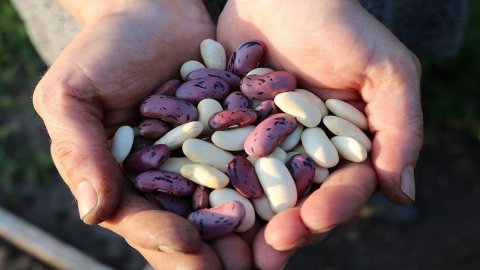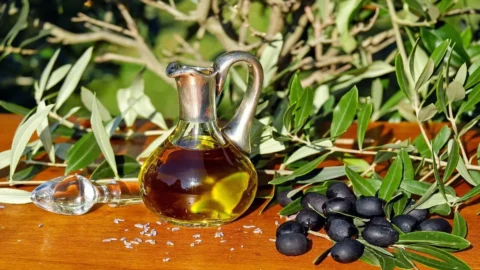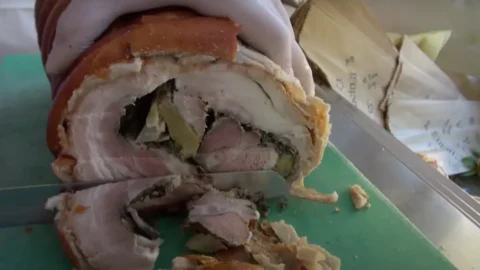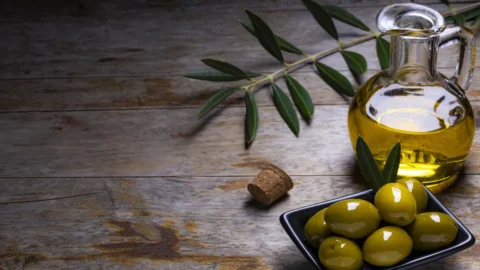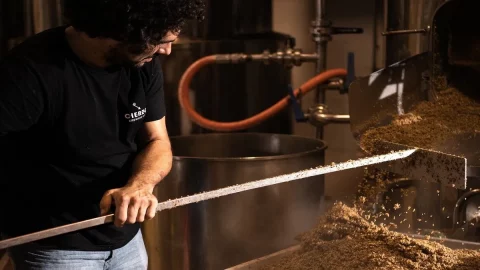Sustainability, food safety and healthy eating. THE legumes are a humble and simple food, often underestimated, but which offer important opportunities not only on a nutritional level, providing an adequate protein intake for everyone, but also on an environmental and economic level, given that the production costs are decidedly lower than the equivalent quantity of proteins of animal origin.
For these reasons, TerraMadre has promoted a series of events related to legumes, responsible consumption and the rediscovery of "forgotten" varieties. A cycle of itinerant meetings to raise awareness of leguminous products of the various territories and their peculiarities, through the testimonies of farmers, the history and the preparation of dishes based on legumes with a local chef. Furthermore, the mayors will also participate and will express all their support for the cultivation of local legumes.
The initiative is promoted by Slow Beans Italian network in collaboration with Meatless Monday, the movement of US origin that proposes free-meat Mondays to improve our health and that of the planet. Also available on the TerraMadre YouTube channel, the appointments highlight all the actions of the Italian network in support of simple and genuine food worldwide.
Slow Beans was born over 10 years ago, from the spontaneous aggregation of Slow Food producers, ambassadors and admirers of dishes based on traditional, healthy and tasty legumes. The idea is to make the population aware of a healthy diet, which knows how to distinguish quality raw materials, with an eye always oriented towards environmental sustainability. But there are also other initiatives promoted by Slow Beans: the "fagioliadi" format, in which the public tastes the dishes cooked by the producers and judges them on the basis of 4 parameters; the traveling exhibitions "bean faces"; the diffusion of the hospitality model of market-exhibitions, participation in conferences, the "Slow Beans coffers" which allow you to purchase a "rare" selection of legumes, which are difficult to find.
“We are a group without structure and yet cohesive, we face diversity always reaching for now shared initiatives – he says Laura Solinas, a member of the Slow Beans network and of the Val Belluna Gialèt Bean Presidium -. We are in love not only with “our” legume, but with the Slow Food approach to biodiversity cultivated in a clean way, which will be conserved as long as we have people (co- producers before customers) who have the pleasure of cooking and eating our many very local legumes, and the ability to distinguish their characteristics. We are connoisseurs of what we grow, from the land to the table: a rare supply chain expertise!” And he adds: “We have a broad vision: a humanity that recovers a healthy and concrete relationship with food, that knows how to distinguish its tastes and relate them to production and the effects on the ecosystem, that also feeds on relationships with those who the earth cultivates it keeping it fertile for future generations”.
Among the legumes that Slow Beans wants to rediscover are: le cicerchie very common in Roman times; there redeve, a sort of very tasty wild pea that also grows in the mountains; The maracuoccio of Cilento, small legume used in the form of flour. The varieties of beans cannot be missing, which we consume almost exclusively imported; lentils, chickpeas, lupins, peas and many more.
If we look at the data processed by the Confagricoltura Study Center, the production and consumption of legumes has clearly worsened. About 60 years ago, around 1,2 million tons of legumes were produced in our country, satisfying an annual per capita consumption of 13 kg. In 2011, however, legume production decreased by 63% compared to the 60s, with a per capita consumption of less than 6 kg. Although there has been a timid recovery in production in the last 8 years (about 1/3 of 1960), the annual consumption of legumes in 2020 reached 9 kg.
But why are legumes sustainable and nutritious? From an ecological point of view, legumes have bacteria in their roots capable of absorbing nitrogen from the atmosphere and transferring it to the soil, so as to reduce the use of chemical fertilizers and, at the same time, increase the fertility of agricultural land . From the point of view of nutrients, legumes provide complex carbohydrates and polyunsaturated fats, fibers, vitamins (B1 EH) and mineral salts, such as iron, magnesium and zinc. Known as “meat of the poor”, I am one healthy vegetable protein source, useful for diabetics and those who want to maintain a healthy weight because they give a sense of satiety. They are rich in antioxidants, free of cholesterol and help prevent cardiovascular disease. Furthermore, they are extremely versatile in the kitchen, you can make soups, pasta, burgers or simply add them to salads to make them more appetizing.
It's a niche market, but one with great potential. A product that guaranteed sufficient protein nutrition until after the Second World War, but has been forgotten over time. We need to enhance the different local varieties, but above all maintain the gastronomic identity of those areas that are often abandoned.

